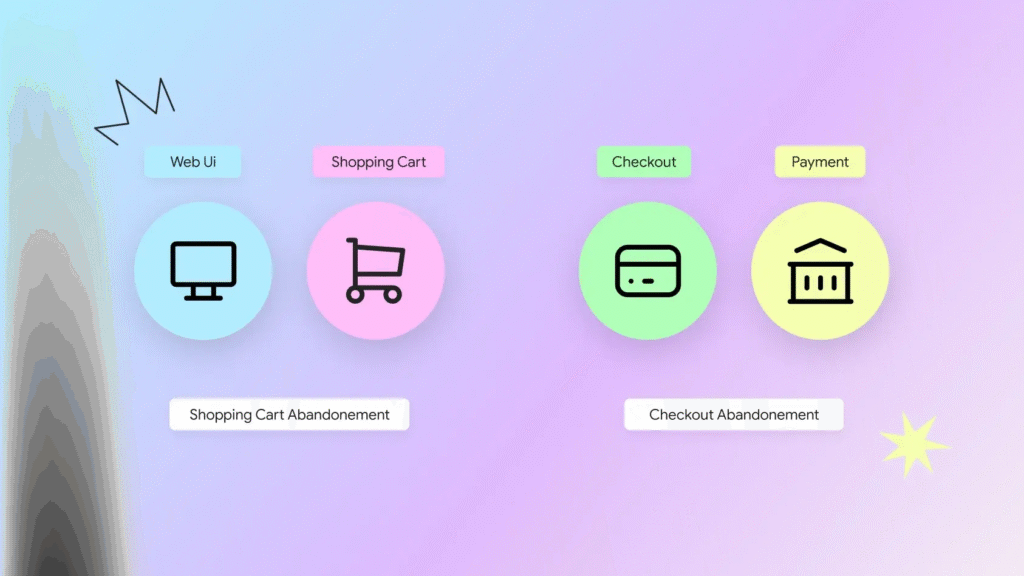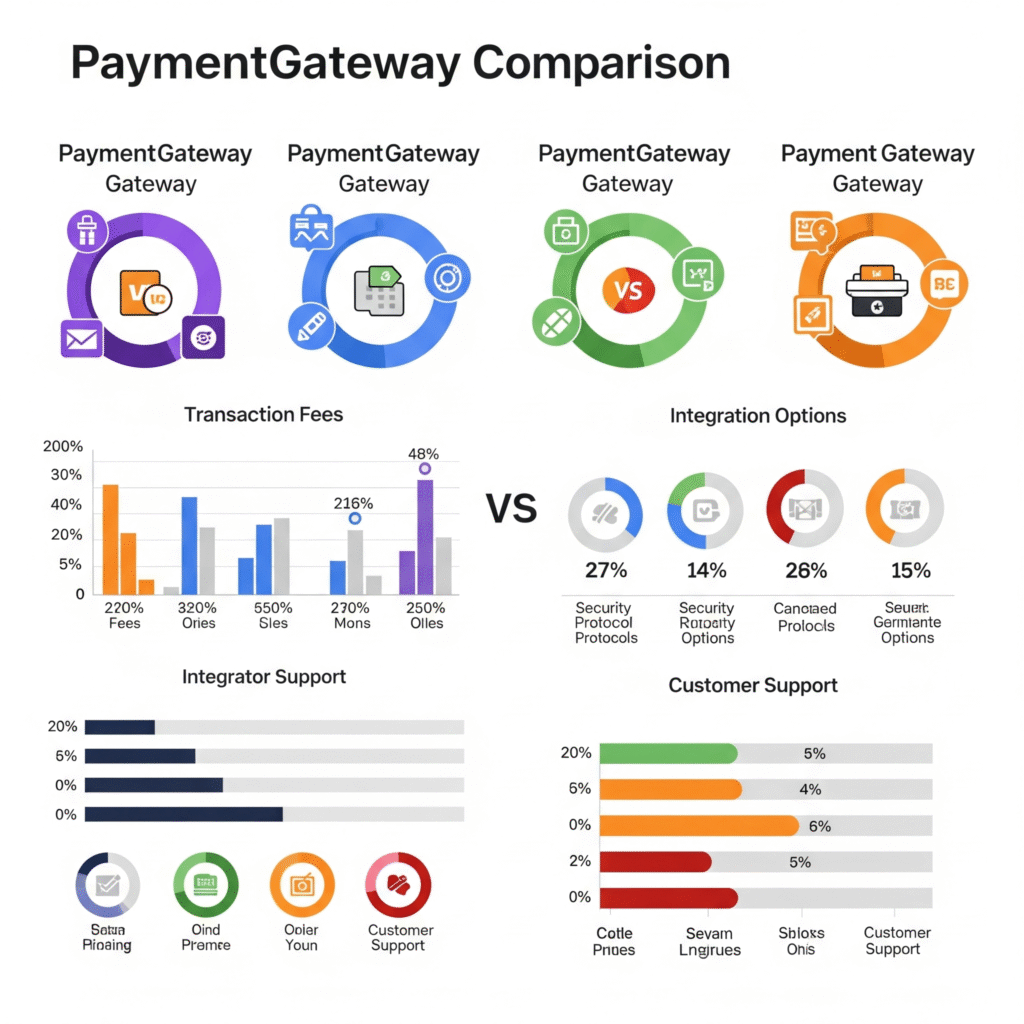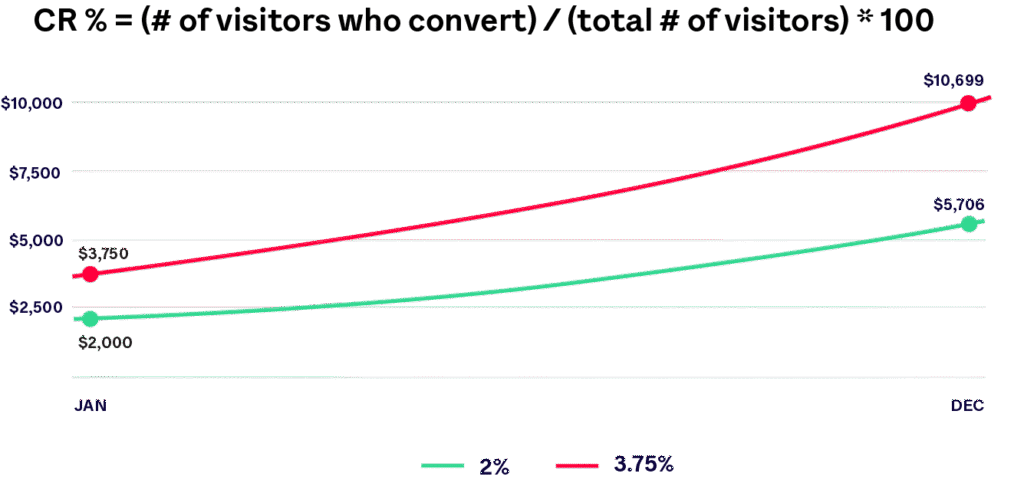
As someone who’s spent over a decade designing and developing e-commerce solutions at Weblta, I’ve witnessed firsthand how a single checkout bottleneck can destroy months of marketing efforts. In my experience working with hundreds of online stores, the difference between a 2% and 8% conversion rate often comes down to one critical factor: how seamlessly customers can complete their purchases.
The statistics are sobering. According to recent industry data, nearly 70% of online shopping carts are abandoned before completion, with complicated checkout processes being the primary culprit. This isn’t just about lost sales—it’s about lost trust, damaged brand reputation, and missed opportunities to build long-term customer relationships.
Table of Contents
- The Foundation of Trust: Why Payment Security Matters
- Popular Payment Gateway Options: A Comparative Analysis
- Optimizing the Checkout Experience
- The Integration Process: A Step-by-Step Approach
- Common Integration Challenges and Solutions
- Measuring Success: Key Performance Indicators
- Future-Proofing Your Payment Infrastructure
- The Business Impact of Optimized Payments
- Taking Action: Your Next Steps
The Foundation of Trust: Why Payment Security Matters
When I first started building e-commerce sites, payment security was often treated as an afterthought. Today, it’s the cornerstone of any successful online business. Modern payment gateways employ advanced security measures including data encryption, anti-fraud systems, and real-time transaction monitoring to protect both merchants and customers.
Essential Security Components
PCI DSS Compliance Every e-commerce store must adhere to Payment Card Industry Data Security Standards. This isn’t optional—it’s a legal requirement that protects both your business and your customers. During my consultations, I often see businesses underestimate the complexity of PCI compliance, which can lead to significant vulnerabilities.
SSL Encryption and HTTPS Protocol Secure API integration using HTTPS protocol encrypts data transmission between your application and payment gateway, preventing unauthorized access during transactions. This creates the secure tunnel necessary for safe payment processing.
Tokenization Technology Modern payment systems replace sensitive card data with unique tokens, ensuring that even if your system is compromised, actual payment information remains protected. This technology has revolutionized how we approach payment security.

Popular Payment Gateway Options: A Comparative Analysis
Based on my experience integrating various payment solutions, here’s a comprehensive comparison of leading payment gateways:
| Payment Gateway | Transaction Fees | Setup Complexity | Integration Time | Best For |
|---|---|---|---|---|
| Stripe | 2.9% + 30¢ | Low | 2-3 days | Tech-savvy businesses |
| PayPal | 2.9% + 30¢ | Very Low | 1 day | Quick setup needs |
| Square | 2.9% + 30¢ | Low | 2-3 days | Omnichannel retailers |
| Authorize.Net | 2.9% + 30¢ | Medium | 3-5 days | Established businesses |
| Amazon Pay | 2.9% + 30¢ | Medium | 3-4 days | Amazon ecosystem users |
[IMAGE 3 PLACEMENT: Payment Gateway Comparison Infographic based on the table above]

Why Multiple Payment Options Matter
Offering diverse payment methods isn’t just about convenience—it’s about conversion optimization. According to Baymard Institute’s research, offering multiple payment options can increase conversion rates by up to 30%. Established payment providers like Amazon Pay, PayPal, and Apple Pay provide brand recognition that highlights security and encourages customers to complete their purchases.
In my recent project with our Vessa Fashion Store design, implementing multiple payment options in the design mockups showed how strategic payment placement could theoretically increase conversion rates. The key was understanding the target demographic and their preferred payment methods through user research.
Optimizing the Checkout Experience
The Psychology of Checkout Design
After analyzing hundreds of checkout flows, I’ve identified several psychological principles that significantly impact conversion rates:
Progress Indicators Customers need to know where they are in the process. A well-designed progress bar reduces anxiety and perceived complexity. In our e-commerce navigation best practices guide, we dive deeper into this psychological aspect.
Guest Checkout Options Forcing account creation is one of the fastest ways to lose a sale. Offering guest checkout options can increase conversions by up to 45%, based on my experience with client implementations.
Trust Signals Security badges, customer testimonials, and clear return policies displayed prominently during checkout build confidence. According to Nielsen Norman Group’s usability research, trust indicators can increase conversion rates by up to 42%. I always recommend placing these elements strategically throughout the payment process.

Technical Implementation Best Practices
Mobile-First Design With over 60% of e-commerce traffic coming from mobile devices according to Statista’s latest mobile commerce report, your checkout process must be thumb-friendly. This means larger buttons, simplified forms, and optimized loading speeds. Our responsive design principles guide covers this extensively.

Form Optimization Every additional form field reduces conversion rates by approximately 2-3%. I recommend:
- Using auto-fill capabilities
- Implementing smart defaults
- Validating fields in real-time
- Providing clear error messages
Loading Speed Optimization According to Google’s Core Web Vitals research, a one-second delay in checkout loading time can reduce conversions by 7%. Payment gateway selection plays a crucial role here—some gateways are significantly faster than others.
The Integration Process: A Step-by-Step Approach
Phase 1: Planning and Preparation (Week 1)
Requirements Analysis Before touching any code, I conduct a thorough analysis of business requirements, target audience, and technical constraints. This includes:
- Transaction volume projections
- International payment needs
- Recurring billing requirements
- Integration complexity assessment
Gateway Selection Key factors include fee structure comparison, security setup requirements, e-commerce integration capabilities, and customer experience optimization. The choice depends heavily on your specific business model and technical requirements.
Phase 2: Development and Testing (Weeks 2-3)
Sandbox Environment Setup Every payment gateway provides a sandbox environment for testing. I always recommend thorough testing of:
- Successful transactions
- Failed payment scenarios
- Refund processes
- Error handling mechanisms
Security Implementation This phase involves implementing SSL certificates, configuring webhook endpoints, and ensuring PCI compliance. Security isn’t something you add later—it must be built into the foundation.
Phase 3: Deployment and Monitoring (Week 4+)
Gradual Rollout I never recommend launching payment systems to 100% of traffic immediately. A phased approach allows for real-world testing and quick issue resolution.
Performance Monitoring Continuous monitoring of transaction success rates, loading speeds, and user behavior provides valuable insights for ongoing optimization.
Common Integration Challenges and Solutions
Challenge 1: Cross-Browser Compatibility
Different browsers handle payment forms differently. I’ve encountered situations where checkout worked perfectly in Chrome but failed in Safari. The solution involves comprehensive testing across all major browsers and implementing fallback mechanisms.
Challenge 2: International Payment Processing
Global e-commerce requires handling multiple currencies, payment methods, and regulatory requirements. Each region has its preferred payment methods—what works in the US might not work in Germany or Japan.
Challenge 3: Fraud Prevention
Balancing security with user experience is delicate. Overly aggressive fraud prevention can block legitimate transactions, while lenient settings increase chargebacks. Finding the right balance requires continuous monitoring and adjustment.
Measuring Success: Key Performance Indicators
Conversion Rate Metrics
Overall Conversion Rate Track the percentage of visitors who complete purchases. According to Smart Insights’ e-commerce benchmarks, industry averages hover around 2-3%, but well-optimized stores can achieve 5-8%.

Checkout Abandonment Rate Monitor where customers drop off during the checkout process. High abandonment at specific steps indicates optimization opportunities.
Mobile vs. Desktop Performance Separate tracking for different devices reveals platform-specific issues and opportunities.
Technical Performance Metrics
Page Load Speed Every second counts. I recommend maintaining checkout page load times under 3 seconds.
Transaction Success Rate Track the percentage of payment attempts that successfully complete. Rates below 95% indicate technical issues.
Gateway Downtime Monitor payment gateway availability. Even brief downtimes can significantly impact revenue.
Future-Proofing Your Payment Infrastructure
The payment landscape evolves rapidly. According to McKinsey’s Global Payments Report, emerging technologies like blockchain payments, cryptocurrency integration, and biometric authentication are reshaping customer expectations. While implementing cutting-edge features, maintain focus on fundamental principles: security, simplicity, and speed.
Emerging Trends to Watch
Buy Now, Pay Later (BNPL) Services like Klarna and Afterpay are gaining popularity, especially among younger demographics. Integration complexity varies, but the conversion benefits can be substantial.
Voice Commerce As smart speakers become ubiquitous, voice-activated purchasing will require new payment authentication methods.
Biometric Payments Fingerprint and facial recognition technologies are making payments more secure and convenient.
The Business Impact of Optimized Payments
Throughout my career at Weblta, I’ve seen payment optimization deliver remarkable results in our design concepts and user experience planning. One hypothetical scenario, based on our Woodiz furniture e-commerce design, shows how optimized checkout design and multiple payment gateway options could potentially increase annual revenue significantly through improved user experience and reduced cart abandonment.
The key isn’t just technical implementation—it’s understanding how payment systems impact the entire customer journey. From initial product discovery to post-purchase follow-up, every touchpoint must work harmoniously.
Taking Action: Your Next Steps
If you’re reading this and recognizing issues with your current payment system, don’t delay action. Every day with a suboptimal checkout process costs money and customer trust. Here’s my recommended approach:
- Audit your current system – Analyze conversion rates, abandonment points, and customer feedback
- Research gateway options – Compare features, pricing, and integration requirements
- Plan the integration – Develop a timeline that minimizes business disruption
- Test thoroughly – Never rush payment system launches
- Monitor and optimize – Continuous improvement is essential
At Weblta, we specialize in creating seamless e-commerce experiences that convert visitors into customers. Our approach combines technical expertise with deep understanding of user psychology and business objectives. Whether you’re launching a new store or optimizing an existing one, we can help you implement payment solutions that drive results.
Ready to transform your checkout experience? Contact our team for a free consultation. We’ll analyze your current setup and provide actionable recommendations for improvement.
Remember, in e-commerce, friction is the enemy of profit. Every obstacle between your customer and their purchase decision is a potential lost sale. Make the path to purchase as smooth as possible, and watch your conversion rates soar.




